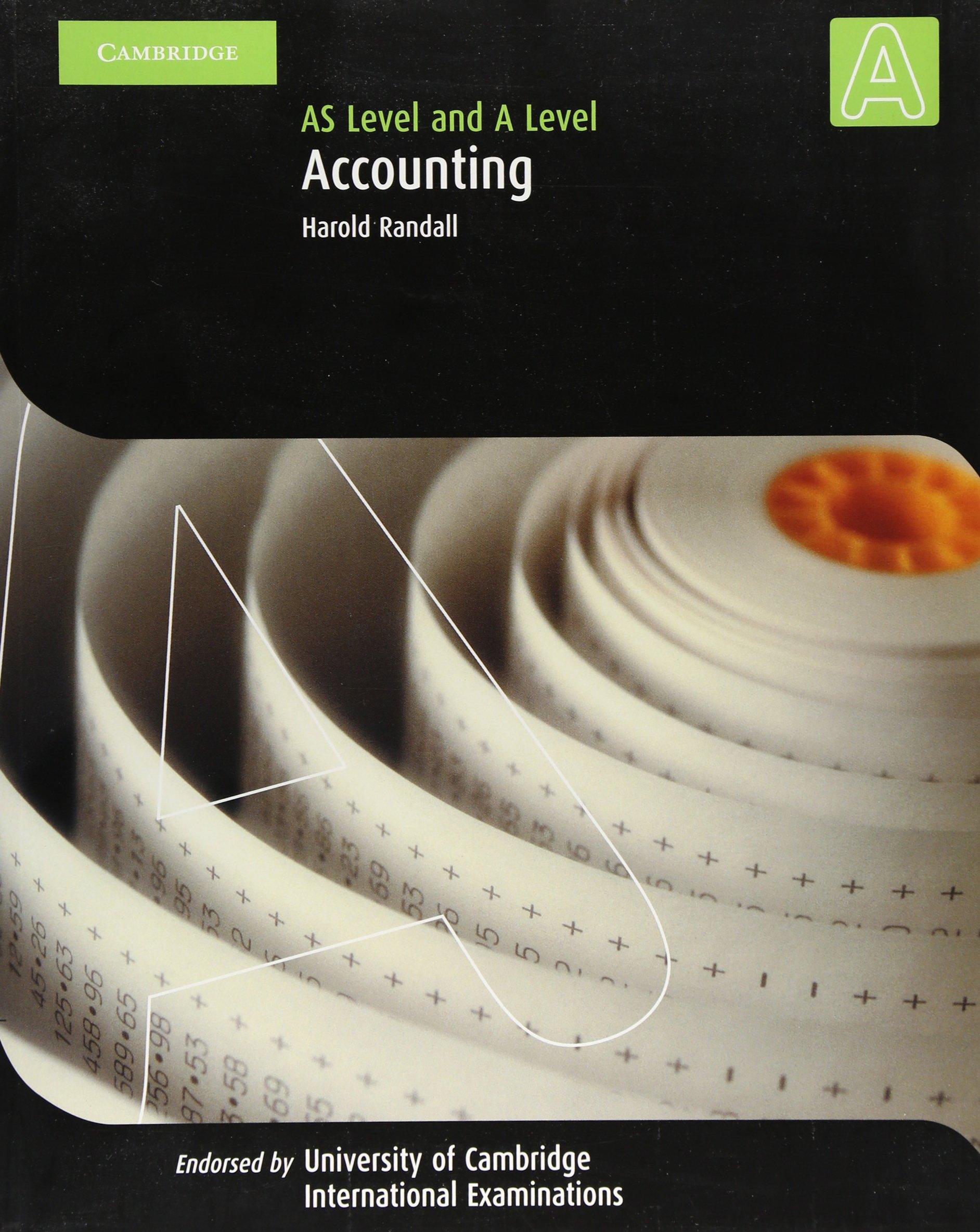Question
Can you please read below case and answer three questions at the end? Fitness Plus is a full-service health and sports club in Greensboro, North
Can you please read below case and answer three questions at the end?
Fitness Plus is a full-service health and sports club in Greensboro, North Carolina. The
club provides a range of facilities and services to support three primary activities: fitness,
recreation, and relaxation. Fitness activities generally take place in four areas of the club: the (1)
aerobics room, which can accommodate 35 people per class; a (2) room equipped with free
weights; a (3) workout room with 24 pieces of Nautilus equipment; and a (4) large work-out room
containing 29 pieces of cardiovascular equipment. This equipment includes nine stairsteppers, six
treadmills, six life-cycle bikes, three Airdyne bikes, two cross-aerobics machines, two rowing
machines, and one climber. Recreational facilities comprise eight racquetball courts, six tennis
courts, and a large outdoor pool. Fitness Plus also sponsors softball, volleyball, and swim teams in
city recreation leagues. Relaxation is accomplished through yoga classes held twice a week in the
aerobics room, whirlpool tubs located in each locker room, and a trained massage therapist.
Situated in a large suburban office park, Fitness Plus opened its doors in 1995. During the
first two years, membership was small and use of the facilities was light. By 1997, membership
had grown as fitness began to play a large role in more and more people's lives. Along with this
growth came increased use of club facilities. Records indicate that in 2000, an average of 15
members per hour checked into the club during a typical day. Of course, the actual number of
members per hour varied by both day and time. On some days during a slow period, only six to
eight members would check in per hour. At a peak time, such as Mondays from 4:00 p.m. to 7:00
p.m., the number would be as high as 40 per hour. The club was open from 6:30 a.m. to 11:00 p.m.
Monday through Thursday. On Friday and Saturday, the club closed at 8:00 p.m., and on Sunday
the hours were 12:00 p.m. to 8:00 p.m.
As the popularity of health and fitness continued to grow, so did Fit-ness Plus. By May
2005, the average number of members arriving per hour during a typical day had increased to 25.
The lowest period had a rate of 10 members per hour; during peak periods, 80 members per hour
checked in to use the facilities. This growth brought complaints from members about
overcrowding and unavailability of equipment. Most of these complaints centered on the Nautilus,
cardiovascular, and aerobics fitness areas. The owners began to wonder whether the club was
indeed too small for its membership. Past research indicated that individuals work out an average
of 60 minutes per visit. Data collected from member surveys showed the following facilities usage pattern: 30 percent of the members do aerobics, 40 percent use the cardiovascular equipment, 25
percent use the Nautilus machines, 20 percent use the free weights, 15 percent use the racquetball
courts, and 10 percent use the tennis courts. The owners wondered whether they could use this
information to estimate how well existing capacity was being utilized.
If capacity levels were being stretched, now was the time to decide what to do. It was
already May, and any expansion of the existing facility would take at least four months. The
owners knew that January was always a peak membership enrollment month and that any new
capacity needed to be ready by then. However, other factors had to be considered. The area was
growing both in terms of population and geographically. The downtown area just received a major
facelift, and many new offices and businesses were moving back to it, causing a resurgence in
activity.
With this growth came increased competition. A new YMCA was offering a full range of
services at a low cost. Two new health and fitness facilities had opened within the past year in
locations 10 to 15 minutes from Fitness Plus. The first, called the Oasis, catered to the young adult
crowd and restricted the access of children under 16 years old. The other facility, Gold's Gym,
provided excellent weight and cardiovascular training only.
As the owners thought about the situation, they had many questions: Were the capacities
of the existing facilities constrained, and if so, where? If capacity expansion was necessary, should
the existing facility be expanded? Because of the limited amount of land at the current site,
expansion of some services might require reducing the capacity of others. Finally, owing to
increased competition and growth downtown, was now the time to open a facility to serve that
market? A new facility would take 6 months to renovate, and the financial resources were not
available to do both.
Please answers the following questions.
1. What method would you use to measure the capacity of Fitness Plus? Please state any
assumptions you might be making while measuring the capacity. Has Fitness Plus reached
its capacity?
2. Which capacity expansion strategy would be appropriate for Fitness Plus?
3. How would you link the capacity decision being made by Fitness Plus to other types of operating decisions? What different competitive priorities would they impact? (
Step by Step Solution
There are 3 Steps involved in it
Step: 1

Get Instant Access to Expert-Tailored Solutions
See step-by-step solutions with expert insights and AI powered tools for academic success
Step: 2

Step: 3

Ace Your Homework with AI
Get the answers you need in no time with our AI-driven, step-by-step assistance
Get Started


